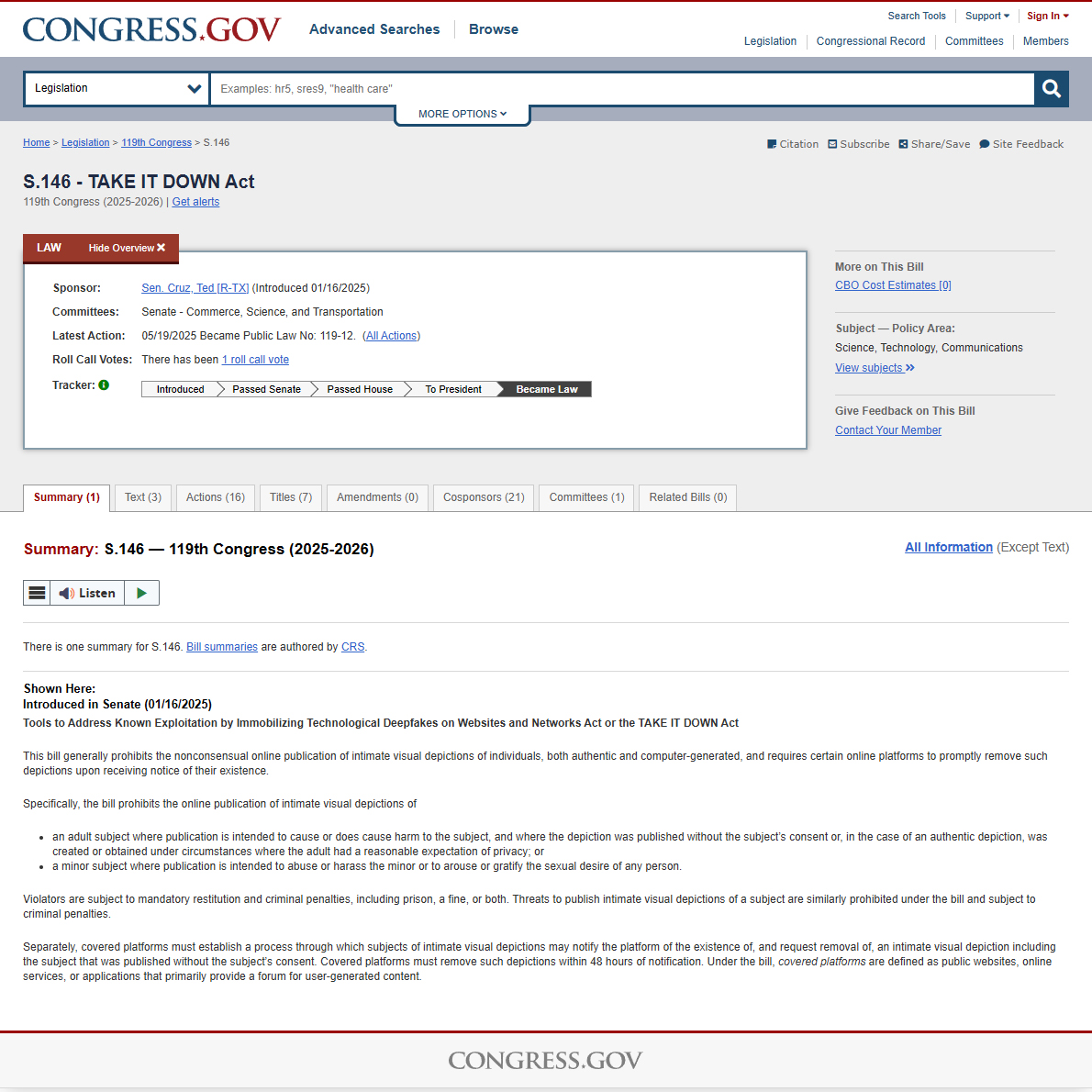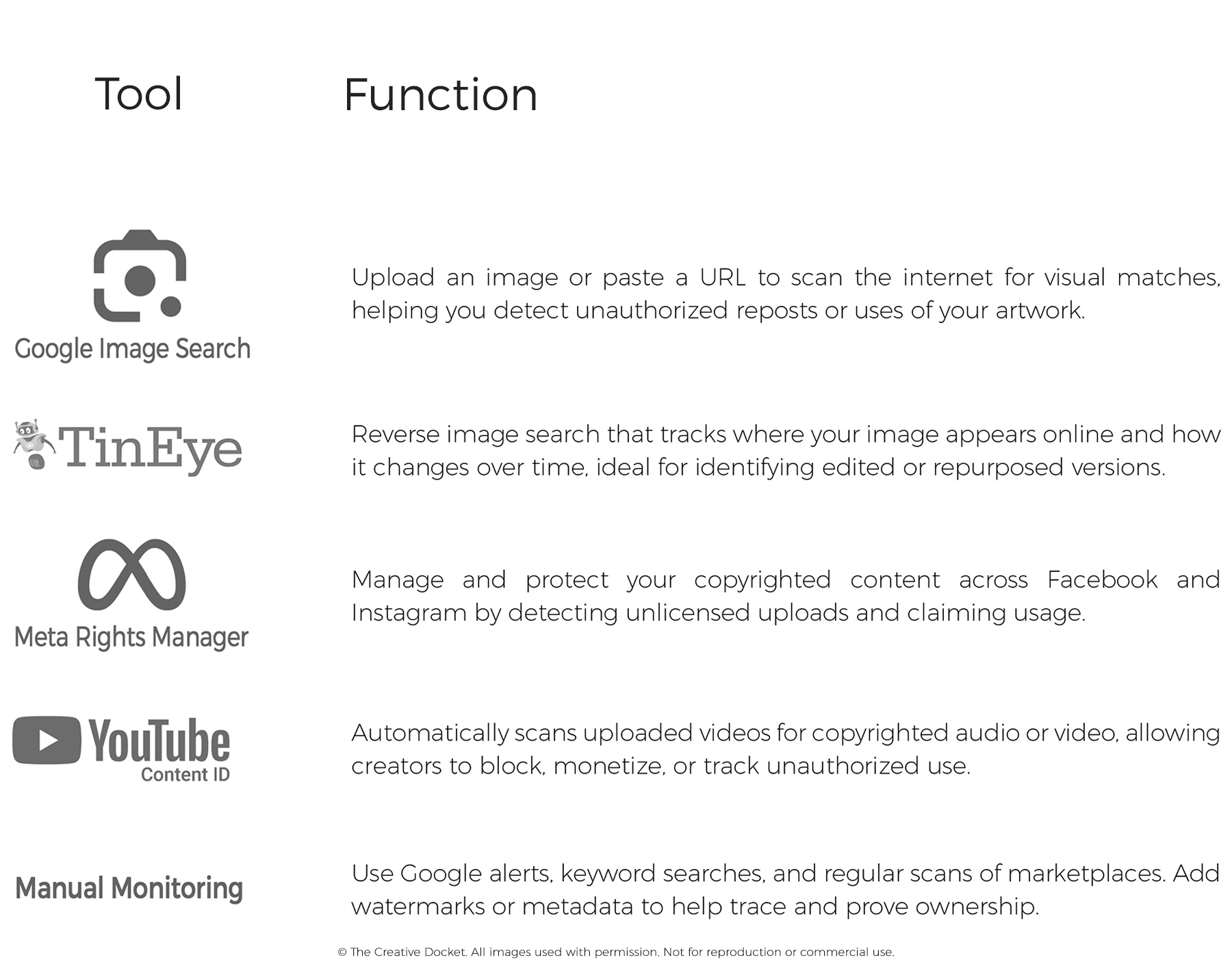Mayhem in the Merch
Lady Gaga Trademark Lawsuit: What Artists Can Learn from the Mayhem Logo Dispute When does a logo become a lawsuit? For Lady Gaga, the answer may be now. In March 2025, Gaga and her creative team were hit with a $100 million trademark infringement lawsuit by California-based surf brand Lost International, who claim that the … Read more









